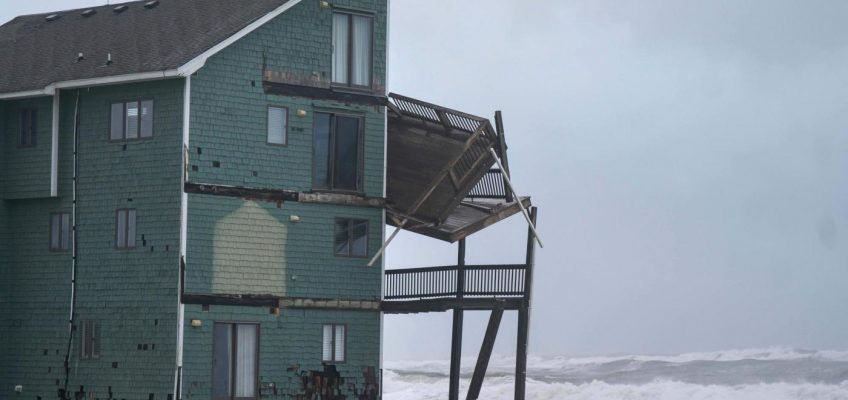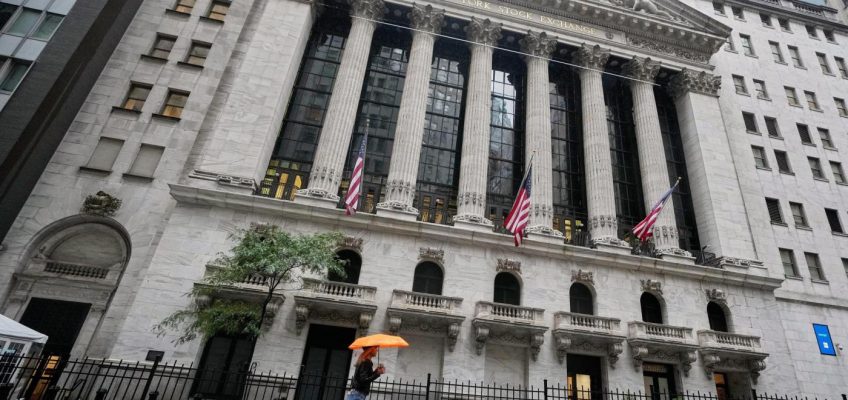PARK RAPIDS, Minn. — Ethan Ingberg was driving back home from his job at the Erickson Medical Clinic in Park Rapids last December when his car started acting up.
By the time he hit Menahga, it was crawling along at 40 miles per hour. So, he called his friend, Akeley Police Chief Jimmy Hansen, for help.
Ingberg, 23, drove the sputtering car to Akeley, dropped it off at a mechanic and hopped in Hansen’s squad car for a ride back to his home in Wadena.
“Jimmy couldn’t let me sit in the front because he had stuff there, so I had to sit in the back, where the criminals sit,” Ingberg said.
Then, he snapped a selfie and jokingly posted it on his Instagram without explanation.
Related Articles
Melting makeup, sweaty tuxes and overheating guests are shifting summer weddings
More American couples are turning to Italy’s ‘dolce vita’ in a quest for memorable weddings
First homes and weddings have never been more expensive — here’s how to afford both
Genesis Cabral Gusmão, 20, was living in her home country, Aruba, at the time. She had followed Ingberg on Instagram after seeing they’d attended the same Christian missionary school in Georgia.
She said she was surprised she was following somebody who would find themselves in the back of a squad car, so she commented on the post.
Through long conversations, the couple realized they had a lot in common, and eventually entered into a long-distance relationship.
“Before you know it, he’s buying tickets to Aruba to meet the parents,” Hansen said.
Ethan and Genesis were married on Sept. 21.
“It’s interesting, with me being from the Caribbean where it’s warm, and I’m in my own world down there, how I got to be with someone all the way up in Minnesota,” said Genesis, whose last name is now Ingberg. “Two different cultures, two different worlds connected, but we are of the same spirit.”
The couple said Jimmy and Sarah Hansen were their godparents at their wedding. The Hansens’ four daughters, Lola, Bella, Lena and Svea, were bridesmaids.
“It seems like a match made in heaven,” Hansen said.
The couple now live in Wadena and work at Wadena Seventh-day Adventist Church.




